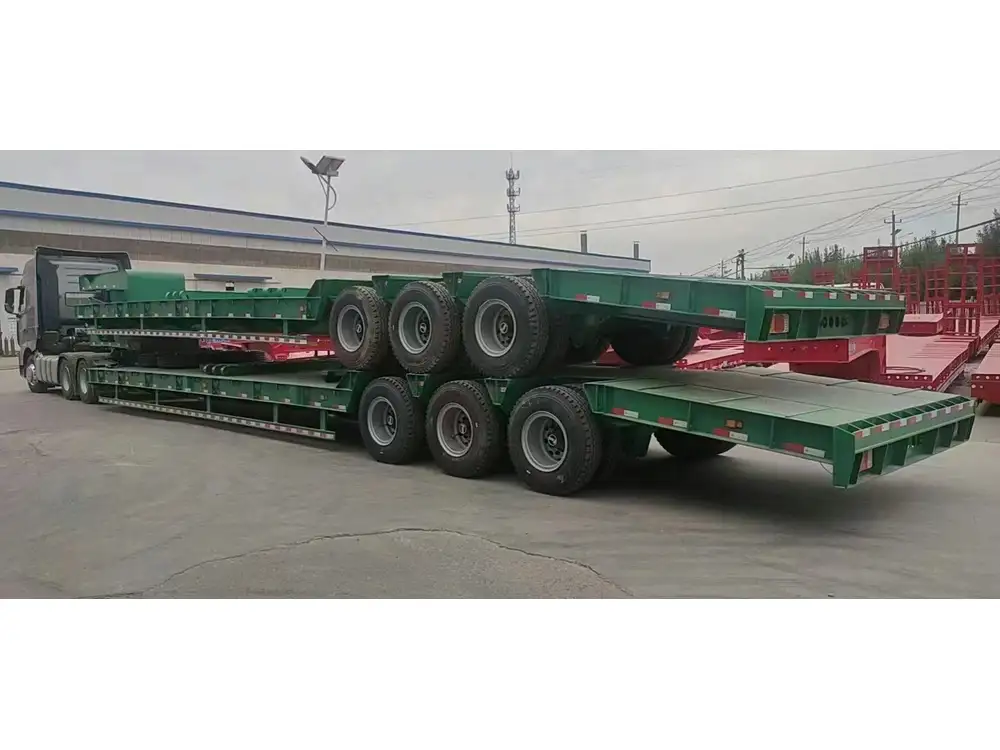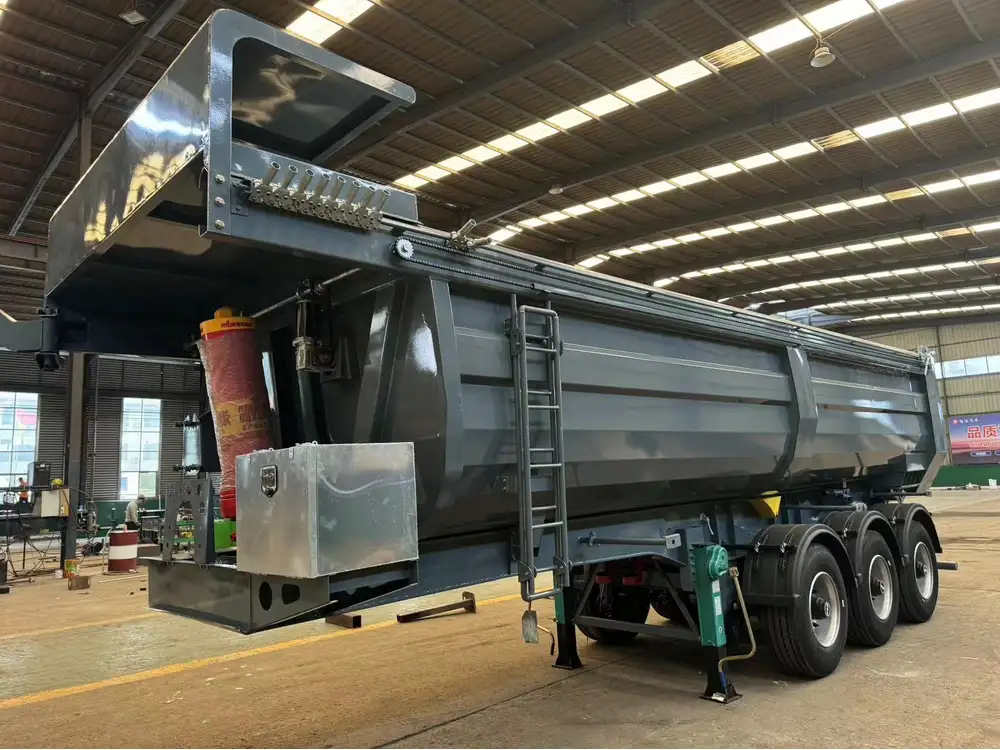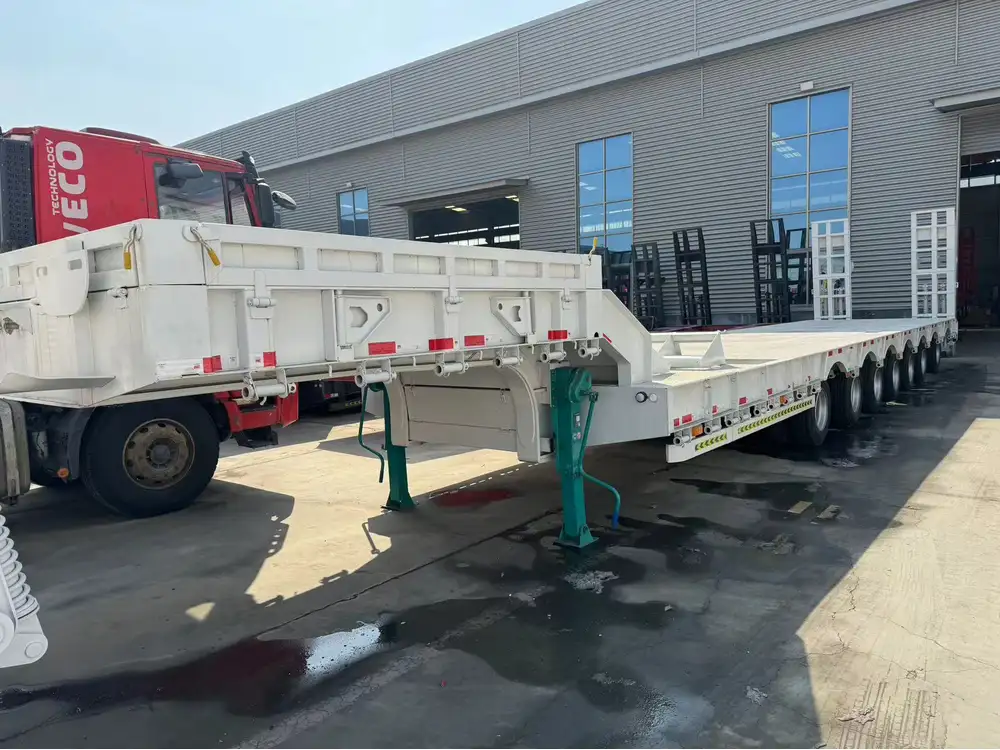The semi-trailer, an essential vehicle in freight transportation, connects to a truck tractor and enables the efficient conveyance of goods across extensive distances. Knowing the dimensions and specifications of tractor-trailers is crucial for various stakeholders, including manufacturers, fleet managers, logistics companies, and drivers. This article aims to delve into the question, “how wide is a tractor-trailer,” while addressing important considerations related to safety, regulations, and operational efficiency.
The Standard Width of Tractor-Trailers
In the United States, tractor-trailers must adhere to specific federal guidelines regarding their dimensions. The general width for a standard tractor-trailer is approximately 102 inches, which equals 8.5 feet. This width qualification ensures that vehicles are navigable on highways and local roads without disrupting traffic flow. Here’s a detailed look at the width specifications:
| Aspect | Measurement |
|---|---|
| Maximum Width | 102 inches (8.5 feet) |
| Minimum Width | 96 inches (8 feet) |
| Federal Allowances | Over 102 inches in certain cases |
While 102 inches is the maximum allowable width for tractor-trailers transporting cargo, regulations can vary by state. Some jurisdictions might permit wider loads, especially for specialized vehicles transporting oversized or heavy loads.
Importance of Width in Tractor-Trailer Operations
Understanding the width of tractor-trailers is essential for several reasons:

Compliance with Regulations
Compliance ensures that trucking companies avoid fines and operational setbacks. Adherence to width regulations keeps drivers safe and minimizes the risk of accidents during transport.
Bridge and Tunnel Clearances
The width of a tractor-trailer plays a vital role in bridge and tunnel clearances. These structures often have specific width limits, and drivers must comply to avoid unexpected delays or accidents.
Maneuverability
The width directly influences how maneuverable a truck and trailer combination can be in various settings such as narrow streets, loading docks, or rural roads. When widths exceed standard measurements, it limits access to certain areas and increases challenges during turns.

Loading and Unloading
When planning for loading and unloading, knowing the width can help warehouse managers optimize space and ensure safety. Adequate space is crucial when maneuvering vehicles in and out of loading docks.
Types of Tractor-Trailers and Their Width Varieties
Although standard tractors and trailers imposing 102 inches are prevalent, there are variations in width across different types of trailers, depending on their specific use case. Here’s a rundown of the most common types:
| Trailer Type | Typical Width | Description |
|---|---|---|
| Flatbed Trailers | Up to 102 inches | Used for hauling heavy and oversized goods. |
| Dry Van Trailers | 102 inches | Enclosed trailers for general freight. |
| Reefer Trailers | Up to 102 inches | Refrigerated units for temperature-sensitive cargo. |
| Extended-Width Trailers | 120 inches or more | Specialized loads that require more room. |
| Lowboy Trailers | Typically 102 inches | Designed for transporting heavy equipment. |
This variety enables operators to choose the ideal trailer type suited to their cargo needs, but width regulations must always be monitored.
Guidelines for Handling Wider Loads
Transporting loads wider than standard regulations adds complexity to logistics. Here are some essential considerations:

Obtain Necessary Permits
Wide loads often require special permits, and it’s essential to familiarize oneself with local and state regulations, which can vary significantly. Additionally, some jurisdictions necessitate advance notification for adding broader dimensions.
Safety and Visibility Measures
When transporting oversized loads, safety is paramount. Utilizing escort vehicles may be required to alert other road users. It’s also prudent to employ warning signs and lights to enhance visibility during transit.
Route Planning
Strategically planning the transportation route is essential for accommodating wide loads. This involves checking road signs, clearances, and potential obstacles. An optimal route will avoid bridges with legal limitations regarding width.

Impacts of Tractor-Trailer Width on Fuel Efficiency
Width doesn’t just present logistical challenges; it also influences fuel consumption. Wider trailers can induce greater wind resistance, translating to higher fuel costs. Here’s a deeper look into how the width of a tractor-trailer affects fuel efficiency:
| Factor | Impact Description |
|---|---|
| Aerodynamics | Wider trailers face increased air resistance, leading to diminished fuel efficiency. |
| Weight Distribution | Wider loads can sometimes lead to uneven weight distribution, affecting driving performance and efficiency. |
| Speed Management | Operating wider trailers often necessitates slower travel speeds, which can impact overall fuel consumption on longer trips. |
To optimize fuel efficiency, operators should weigh the trade-offs between width and operational expenses meticulously.
Future Trends Influencing Tractor-Trailer Width
As advancements in technology and regulations evolve, the trucking industry is set to witness transformations that may influence tractor-trailer widths. Here are some notable trends:
Technological Advancements
Emerging technologies in autopilot and connectivity may pave the way for modifications in tractor-trailer designs, potentially allowing for trailers that leverage improved aerodynamics. This could lead to wider configurations that remain efficient.

Regulations on Environmental Impact
Increasing environmental awareness propels regulations focused on minimizing truck emissions and improving fuel efficiencies. These shifts may enforce redesigns that influence width while maintaining adherence to safety and operational standards.
Alternative Fuels and Energy Sources
The rise of electric vehicles and alternative fuel sources heralds transformations that may predicate the need for versatile trailer designs to accommodate new technology that promises eco-friendliness while retaining practicality.
Conclusion: Navigating the Dimensions of Tractor-Trailers
Grasping the dimensions of tractor-trailers, particularly their width, is crucial to ensuring operational efficiency, adhering to regulations, and prioritizing safety on the roads. The standard width of 102 inches is not just a figure; it encapsulates a myriad of considerations, from maneuverability to logistical planning.
Through astute understanding and application of width regulations, stakeholders in the trucking industry, from manufacturers to logistics managers, can enhance their operational efficacy and contribute to the industry’s overall sustainability. As we forge ahead in a dynamic landscape, embracing changes that influence tractor-trailer design dimensions will ensure that we remain aligned with best practices and the evolving norms of freight transportation.
By staying informed and adapting to the industry’s needs, we can effectively manage the complexities that come with operating tractor-trailers, leading to both enhanced safety and improved profitability in our operations.



